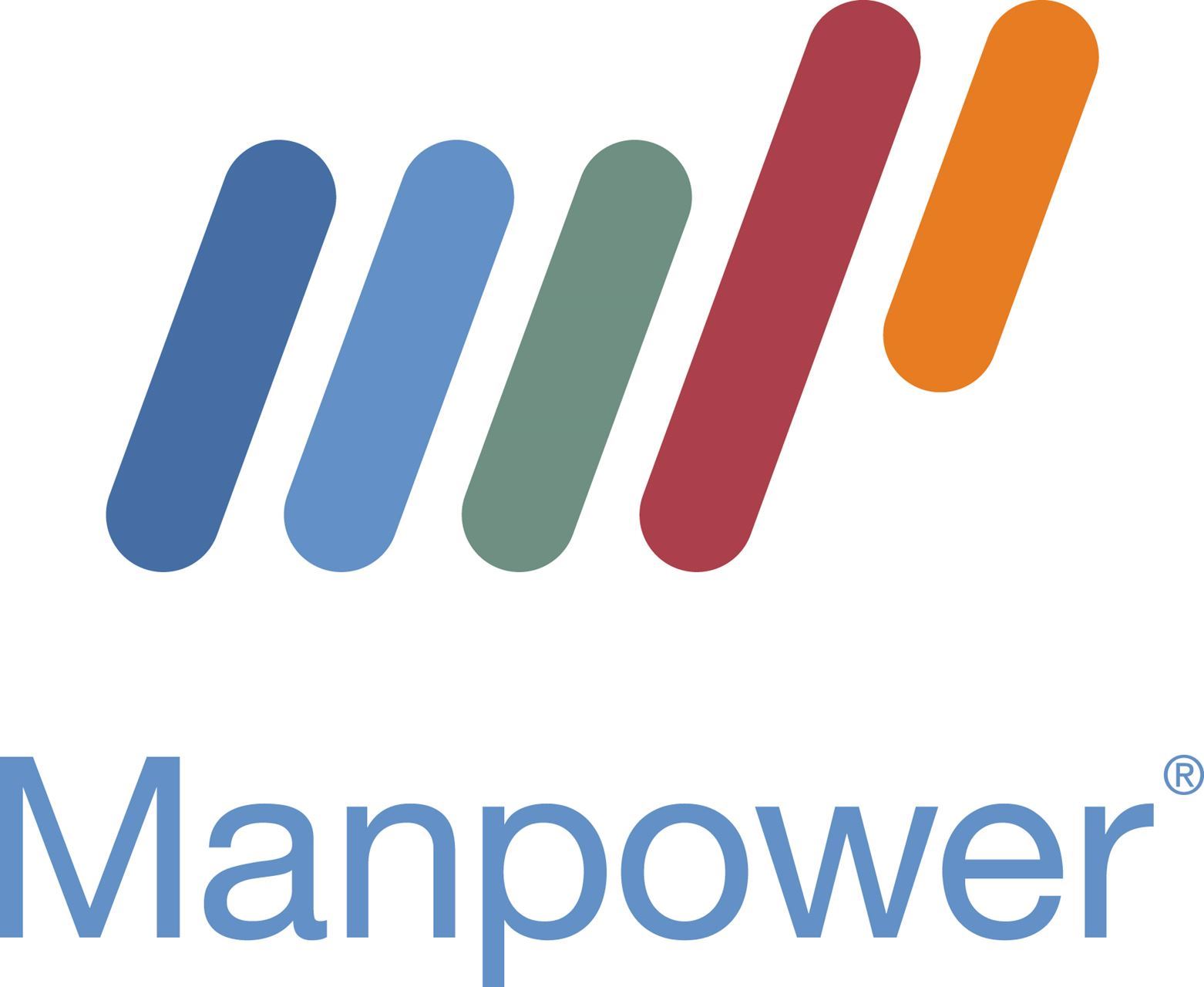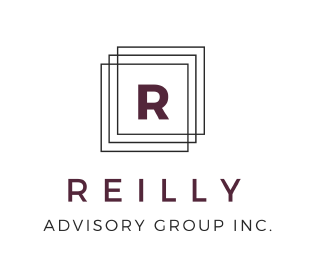Resource Hub
The HR Resource Hub is a resource for SDHR Forum members to share best human resources practices. We want to encourage innovation and an environment that fosters dialogue for professional development. To make this an effective resource for everyone, we ask that you respect a few guidelines when posting content:
· No solicitation of services or goods
· Respect all copyright laws regarding content
· Content must have integrity and accuracy
· Maintain professional respect and courtesy for all participants
· No proprietary or confidential information
We reserve the right to remove any posts that do not meet the expectations of our guidelines.
We look forward to your contributions!
| The Mission of SDHR Forum is to develop business leaders with strategic and innovative practices. |






.jpg)
